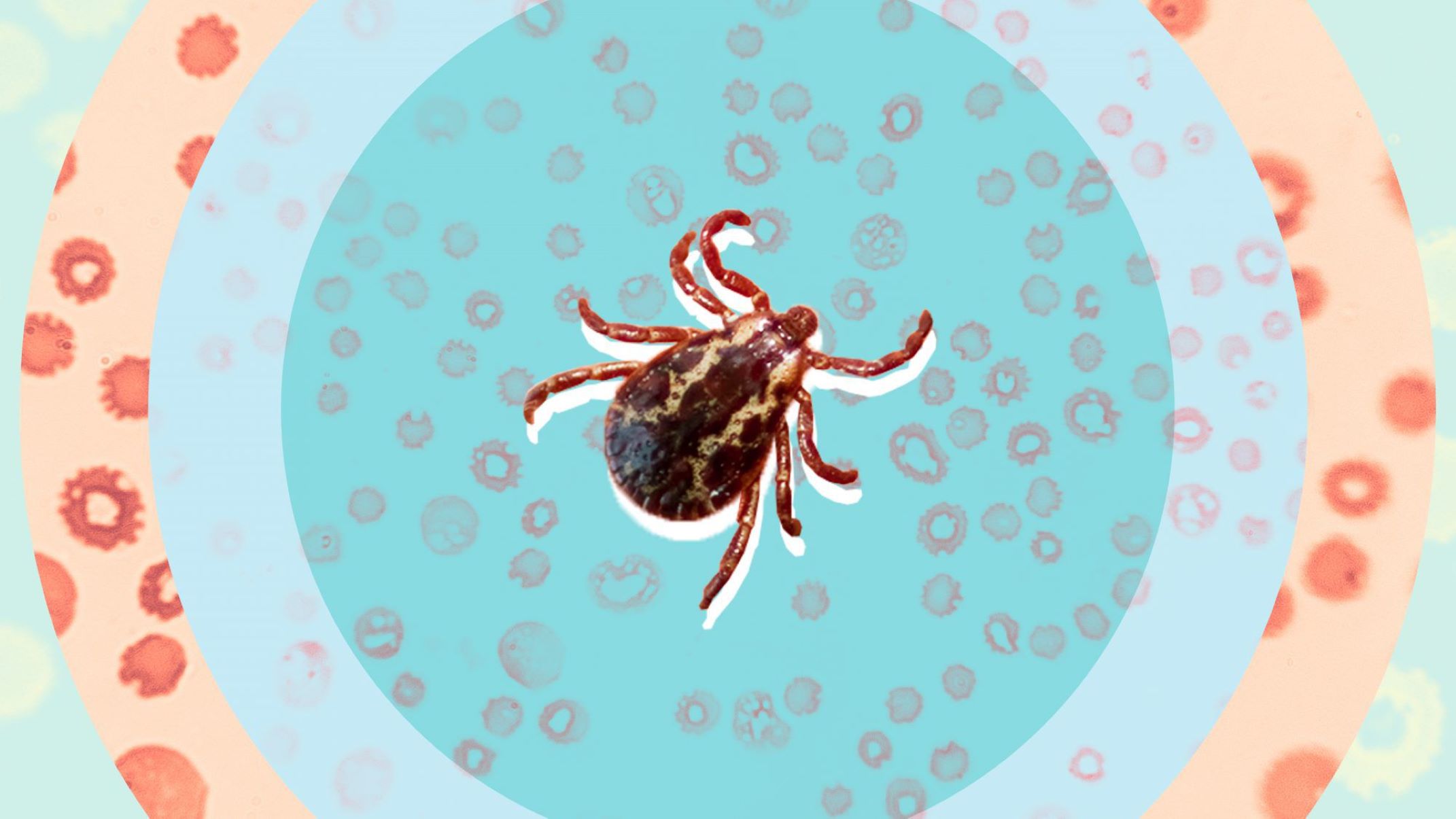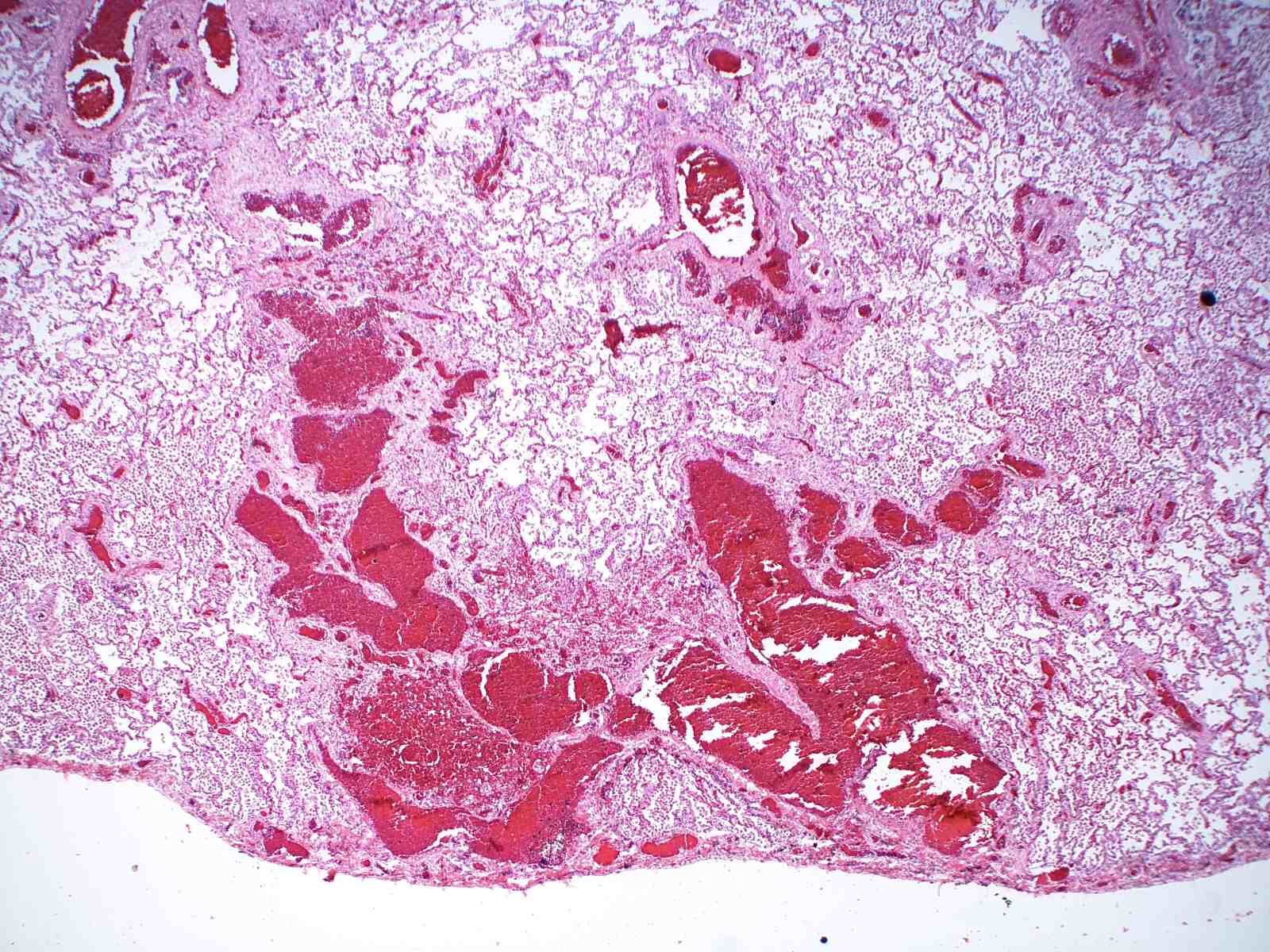
Anaplasmosis is a tick-borne disease that affects both humans and animals. Caused by the bacterium Anaplasma phagocytophilum, it can lead to serious health issues if not treated promptly. This illness is primarily transmitted through the bite of infected ticks, such as the black-legged tick and the western black-legged tick. Symptoms often include fever, headache, chills, and muscle aches, which can easily be mistaken for other illnesses. Early detection and treatment with antibiotics are crucial for a full recovery. Understanding the risks, symptoms, and prevention methods can help protect you and your loved ones from this potentially dangerous disease.
What is Anaplasmosis?
Anaplasmosis is a tick-borne disease caused by bacteria of the genus Anaplasma. It primarily affects animals but can also infect humans. Understanding this disease is crucial for prevention and treatment.
- Anaplasmosis is caused by the bacterium Anaplasma phagocytophilum.
- Ticks, especially the black-legged tick, are the primary vectors.
- The disease was first identified in cattle in the early 20th century.
- Symptoms in humans include fever, headache, muscle pain, and chills.
- In animals, it can cause severe anemia and jaundice.
- The disease is more prevalent in the United States, Europe, and Asia.
- Anaplasmosis can be diagnosed through blood tests.
- Antibiotics like doxycycline are effective treatments.
- Preventing tick bites is the best way to avoid infection.
- The disease can be fatal if left untreated, especially in animals.
How is Anaplasmosis Transmitted?
Transmission of anaplasmosis occurs primarily through tick bites. Understanding the transmission process helps in taking preventive measures.
- Ticks become infected by feeding on infected animals.
- Once infected, ticks can transmit the bacteria to other hosts.
- The bacteria enter the bloodstream and infect white blood cells.
- Transmission can also occur through blood transfusions.
- In rare cases, it can be transmitted from mother to fetus during pregnancy.
- The risk of transmission increases during the warmer months when ticks are more active.
- Pets can also bring ticks into homes, increasing the risk of human infection.
- Removing ticks promptly reduces the risk of transmission.
- Using tick repellents and wearing protective clothing can help prevent bites.
- Regularly checking for ticks after outdoor activities is crucial.
Symptoms of Anaplasmosis
Recognizing the symptoms of anaplasmosis is essential for early diagnosis and treatment. Symptoms can vary between humans and animals.
- Early symptoms in humans include fever, chills, and severe headache.
- Muscle aches and fatigue are common.
- Some people may experience nausea, vomiting, and diarrhea.
- In severe cases, respiratory failure and organ failure can occur.
- Symptoms usually appear within 1-2 weeks after a tick bite.
- In animals, symptoms include weight loss, lethargy, and pale mucous membranes.
- Cattle may show signs of jaundice and decreased milk production.
- Infected animals may also exhibit aggressive behavior due to discomfort.
- Symptoms in pets like dogs include lameness and joint pain.
- Early veterinary intervention can prevent severe complications in animals.
Diagnosing Anaplasmosis
Accurate diagnosis is vital for effective treatment. Various methods are used to diagnose anaplasmosis in both humans and animals.
- Blood tests can detect the presence of Anaplasma bacteria.
- Polymerase chain reaction (PCR) tests are highly accurate.
- Serological tests can identify antibodies against the bacteria.
- In animals, blood smears can reveal infected red blood cells.
- Veterinarians may also use PCR tests for diagnosing animals.
- Early diagnosis improves the chances of successful treatment.
- Misdiagnosis can occur due to the similarity of symptoms with other diseases.
- Regular screening in endemic areas can help in early detection.
- Diagnostic tests are more effective during the acute phase of the disease.
- Consulting healthcare providers or veterinarians at the first sign of symptoms is crucial.
Treatment and Prevention of Anaplasmosis
Effective treatment and preventive measures can significantly reduce the impact of anaplasmosis. Awareness and proactive steps are key.
- Doxycycline is the most commonly prescribed antibiotic for humans.
- Treatment usually lasts for 10-14 days.
- In animals, tetracycline antibiotics are often used.
- Supportive care, including fluids and anti-inflammatory medications, may be needed.
- Preventing tick bites is the best way to avoid the disease.
- Using tick repellents on skin and clothing can reduce the risk.
- Keeping pets treated with tick preventatives helps protect the household.
- Avoiding areas with high tick populations during peak seasons is advisable.
- Regularly mowing lawns and removing leaf litter can reduce tick habitats.
- Educating communities about tick-borne diseases can lead to better prevention and control.
Final Thoughts on Anaplasmosis
Anaplasmosis, a tick-borne disease, affects both humans and animals. It's caused by the bacterium Anaplasma phagocytophilum. Symptoms include fever, headache, muscle pain, and chills. Early detection and treatment with antibiotics like doxycycline are crucial. Prevention focuses on avoiding tick bites through protective clothing, insect repellents, and regular tick checks.
Farmers should monitor livestock for signs of the disease, as it can lead to severe economic losses. Vaccines for animals are available in some regions, providing an additional layer of protection. Public awareness and education about tick habitats and behaviors can significantly reduce the risk of infection.
Understanding anaplasmosis helps in taking proactive measures to protect yourself and your animals. Stay informed, stay vigilant, and take the necessary precautions to keep this disease at bay.
Was this page helpful?
Our commitment to delivering trustworthy and engaging content is at the heart of what we do. Each fact on our site is contributed by real users like you, bringing a wealth of diverse insights and information. To ensure the highest standards of accuracy and reliability, our dedicated editors meticulously review each submission. This process guarantees that the facts we share are not only fascinating but also credible. Trust in our commitment to quality and authenticity as you explore and learn with us.


